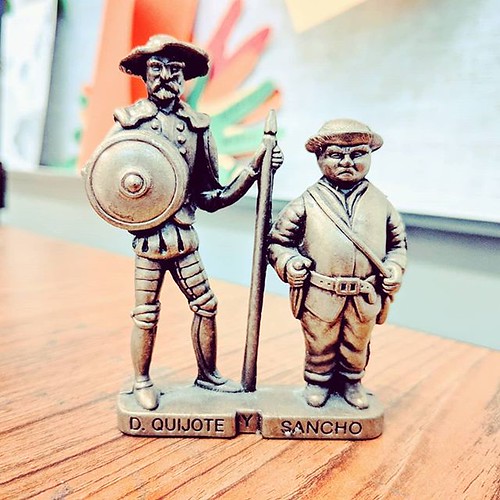Tool, giving a supply of instant, minimally filtered qualitative feedback on
Tool, delivering a supply of instant, minimally filtered qualitative feedback around the IPAT. The outcome measures employed by the investigators were a written questionnaire created specifically for the present study, a in between participants and CL regarding the tool, and investigator observation from the participant as they navigated the tool. The accumulated feedback was utilised to address the aims of testing. Data collected from the written questionnaire have been summarized by descriptive statistics for example arithmetic implies SDs to describe the central tendency and data dispersion, respectively. Qualitative information inside the form of written and verbal feedback are presented PubMed ID:https://www.ncbi.nlm.nih.gov/pubmed/21189263 as direct quotations from study participants (identifiers removed).METHODSRESULTSStudy participants The study sample was drawn from a neighborhood chronic pain support group that meets on a voluntary, monthly basis in Burlington, Ontario, also as via wordofmouth suggestions within the Hamilton community. As shown in Table , these people exhibited various chronic pain syndromes, giving a diverse sample in which to evaluate the IPAT. The average severity of discomfort experienced by these participants on most days, based on selfreport, was 5.2 on an point NRS. ThisPain Res Handle Vol six No JanuaryFebruaryLalloo and HenryFigure two) 4EGI-1 web Perceived descriptiveness of your Iconic Discomfort Assessment Tool icons and numerical rating scale in relation towards the good quality and intensity of chronic discomfort, respectively. Frequency distribution of responses and arithmetic indicates SDs are shown for 23 subjects. Note for interpretation: Every individual block represents a single participant response. As an illustration, a total of 3 participants gave the numerical rating scale a rating ofIntent to share discomfort diaries with other individuals Closely related towards the notion of pain communication is the degree to which participants are prepared or probably to share their completed pain diaries with other parties. Working with a 0point NRS ranging from “highly unlikely” to “highly likely”, participants reported the likelihood that they would show their discomfort diaries to various people. General, participants have been very most likely to show their discomfort diaries to a specialist (mean 9.2.9) or household doctor (imply 9.0.). On typical, they have been also likely to share this facts with “a particular person who they want could understand” their pain (mean eight.four.3) and somewhat less likely to share with close family members members (imply 7.8.4). Interestingly, participants were much less probably to show their discomfort diaries to buddies (mean five.5.9) or other people (imply 5.4.9). On informal probing for the logic behind these responses, some individuals cited feelings of awkwardness in showing their pain diaries to a friend and also a belief that no other men and women will be enthusiastic about reading their discomfort record. In contrast, the responses of other participants indicate that they would share their discomfort diaries with anyone who wished to see them, suggesting extra recipients such as government adjudicators (agents and representatives) and considerable  other folks. Perceived worth of tool for monitoring pain over time Another use in the tool is to facilitate creation of a permanent record of pain over time in the kind of accumulated PDF pain diaries. Participants have been asked to assess the worth from the tool for this objective employing a 0point NRS ranging from “not beneficial at all” to “extremely valuable”. The imply response for this item was 8.9.three. The building of a complete re.
other folks. Perceived worth of tool for monitoring pain over time Another use in the tool is to facilitate creation of a permanent record of pain over time in the kind of accumulated PDF pain diaries. Participants have been asked to assess the worth from the tool for this objective employing a 0point NRS ranging from “not beneficial at all” to “extremely valuable”. The imply response for this item was 8.9.three. The building of a complete re.
